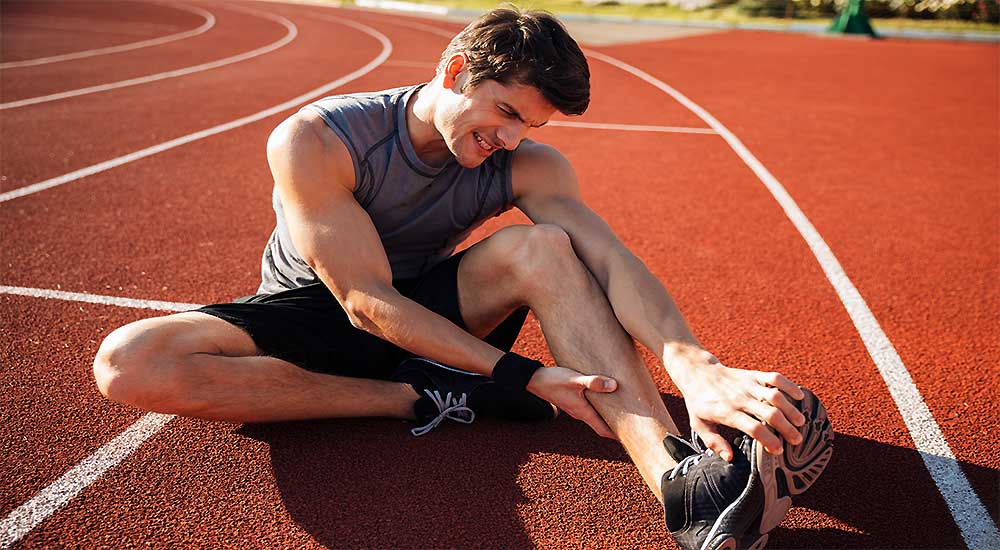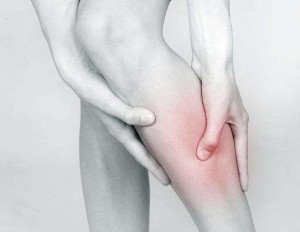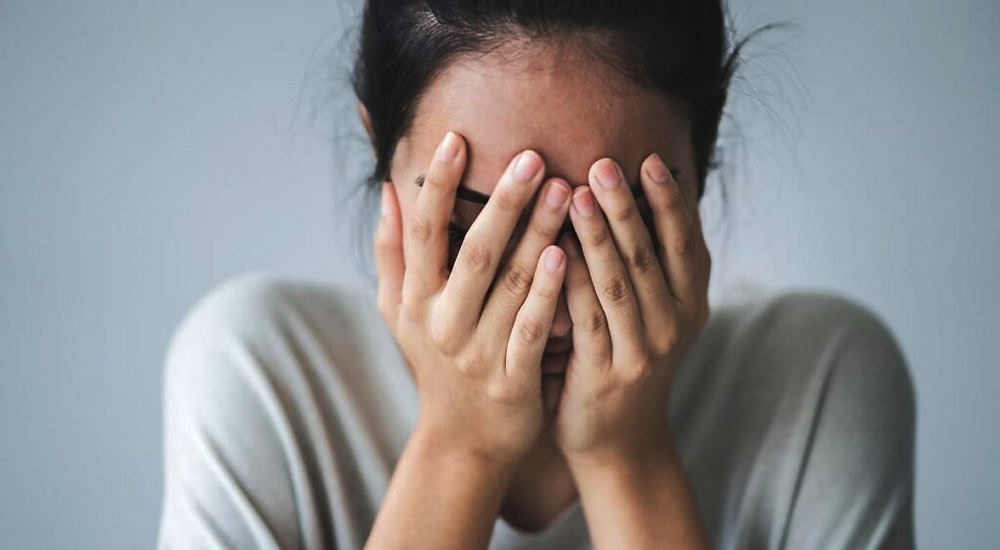Leg Cramps, ouch! Physical Therapy Helps

Are Muscle Cramps Normal?

As a physical therapist, I address the reason behind more frequent cramps as well as the successful treatment of cramps that occur frequently or for unknown reasons.
Athletes Get them for One Reason…
Athletes experience cramps frequently. They may work out too hard with a very little stretching or hydration and results in a rapid lactic acid buildup within the muscle resulting in a severe contraction – or spasm. The pain comes from the fact that when the muscle fibers get into the bundled cramp mode, they compress the nerves underneath, and that causes pain.
A careful evaluation is warranted in the case of cramps that have been occurring regularly. An exam might reveal other symptoms such as warmth, swelling, or redness around the leg and shins. Measurements around the calf on both sides may reveal asymmetry or differences in girth size.
Such findings indicate that along with nerve compression, blood vessels such as arteries and veins may also be compressed. When that happens, it clearly indicates that immediate medical attention is required to prevent permanent damage.
Couch Potatoes Get them for a Different Reason…
Non-athletes can also get cramps, but the causes are very different. It may range from inactivity, poor nutrition, muscle weakness, de-conditioning, etc. In such cases, the simplest of movement will push the muscle into overdrive and cause it to cramp.
In the long run, the cramping causes the muscles to receive poor oxygen from the blood vessels and as a result, they get weaker. The more they cramp, the less oxygen they receive, and the less oxygen they receive, the more they cramp – It’s a vicious cycle.
How Should Cramps be Treated?
The treatments for cramps differ between athletes and non-athletes because the causes are different. For people who are active, I stress proper and adequate stretching, specific to their activity and muscle group involved, along with hydration. I perform an evaluation of sport mechanics with the patient and try to understand where he or she may be utilizing faulty movements.
Further, I assess muscle length and evaluate which muscles are shorter or asymmetrical compared to the muscle on the other side. Once all these assessments are done, I am then able to prepare an individualized exercise plan focusing on only those muscle groups which need to be stretched or strengthened. Many physicians recommend simply heat, ice, and stretching the cramped muscle.
While that may be good advice for the rare, occasional cramp occurring once per year, for those experiencing cramps more often, say three to six or more per year, then a comprehensive evaluation and treatment with the appropriate physical therapy techniques is warranted.
The Root Cause Must be Found
Let’s discuss how to approach cramps occurring in non-active people. The main goal is to find out the specific root cause that is creating the cramp and treat it accordingly. In my practice, I find many patients are quite inactive and therefore de-conditioned, primarily in their important postural muscles.
Individuals may be inactive because they work long hours sitting at a job and/or they have additional family commitments involving ferrying kids to sports, classes, and school, leaving no time to exercise. Whatever the reasons, inactivity results and it leads to a slow decline of muscle strength and length – so the person is weaker and tighter.
Unfortunately, this predisposes muscles to clump together and cause severe cramps. This kind of cramping can last for days and even weeks at times. The patient is in a lot of pain and can have problems with walking, moving around, or performing day to day tasks. In such circumstances, manual therapy is the key physical therapy treatment to relieve muscle tension and gain muscle length back.
At my clinic, the patient receives at least 20 -25 minutes of the specific manual “hands-on” work. Different techniques are used but they are all designed to restore to the muscle more length, more blood circulation, more oxygenation, and thereby decreased pain. After the initial stage of pain reduction, the patient then undergoes specific exercise routines to get them back into an active state. It may involve exercises for the legs, shins, and foot initially and then transitioning into more holistic exercise routines for the entire body.
Inactivity was likely the main cause of the cramps so once the pain is resolved from precise therapies, the next goal is to educate the patient about the problem. Getting out of pain is great, but not if it’s destined to return. The key is to learn what lifestyle changes need to occur so that the problem does not come back.
Cramps Can be Indicative of Serious Problems
There can also be dietary and nutritional or disease factors at play. Here at Root Cause Medical Clinic, I refer such patients to get a full work-up by our medical doctor and clinical nutritionist. Finally, hydration is critical. Water helps to flush-the pain-causing toxins from the muscles thus allowing the cramped muscle to ‘breathe’ normally.
I recommend drinking at least 8-10 tall glasses of water daily. It may seem impossible at first but once “addicted” to water, the body craves it. [Another formula is to take your weight, divide it in half and that number is the amount in ounces of water that you should drink each day.]
Cramps should not be ignored. It might be the body’s way of telling that there is something lurking beneath the surface which needs to be treated.
Do you need help with your health?
We have the diagnostic and testing tools, the clinical experience, and a different medical approach to discovering the root cause of why you have the symptoms that are bothering you. As long as you are ready to make some dietary and lifestyle changes, we can help you. We will "hold your hand" through the changes, step by step, to make each step an easy one. We are located in Clearwater, FL, at 1000 S Ft Harrison, at the corner of Ft. Harrison Ave. and Magnolia St. There is plenty of parking space directly accessible from Ft Harrison. If it is not convenient for you to come to Root Cause Medical Clinic, we offer telehealth/telemedicine consultations to residents of certain states. Call us for details.
Contact us for a Consultation – Call 727-335-0400
Ask a Doctor
Have a health concern you'd like to speak with a doctor about? Or just want clarity on a subject? Ask Us!
Featured Articles
Popular Stories

Dr. Rupa Chakravarty DPT, OCS
Director of Physical Therapy at Root Cause Medical
Doctor of Physical Therapy, Orthopedic Certified Specialist
Dr. Chakravarty has numerous certifications for different techniques in Physical Therapy practice. She employs an extensive array of manual as well as exercise techniques to manage her patients’ symptoms during their course of therapy.


